The Earth is Weeping: The Epic Story of the Indian Wars for the American West
£12.30£14.20 (-13%)
Sunday Times’ Best History Books of 2017
Winner of the Gilder Lehrman Prize for Military History
Winner of the 2017 Caroline Bancroft History Prize
Shortlisted for the Military History Magazine Book of the Year Award
NOMINATED FOR THE 2017 PEN HESSELL-TILTMAN
‘Extraordinary… Cozzens has stripped the myth from these stories, but he is such a superb writer that what remains is exquisite’ The Times
At the end of the Civil War, the American nation continued its expansion onto tribal lands, setting off a struggle that would last nearly three decades. Peter Cozzens chronicles the conflict from both sides in comprehensive and singularly intimate detail, bringing together a pageant of fascinating characters, including Custer, Sherman and Grant, as well as great native leaders such as Crazy Horse, Sitting Bull and Red Cloud. This is the tale of how the West was won… and lost.
Read more
Additional information
| Publisher | Atlantic Books, Main edition (1 Mar. 2018) |
|---|---|
| Language | English |
| Paperback | 576 pages |
| ISBN-10 | 1786491516 |
| ISBN-13 | 978-1786491510 |
| Dimensions | 12.9 x 4.1 x 19.8 cm |

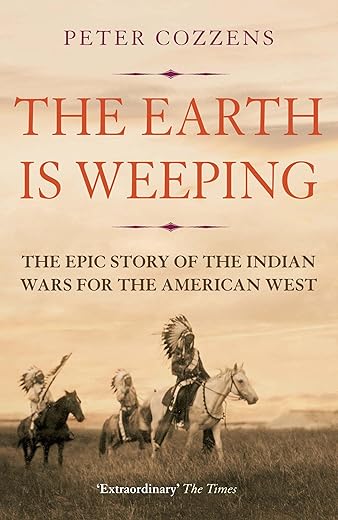
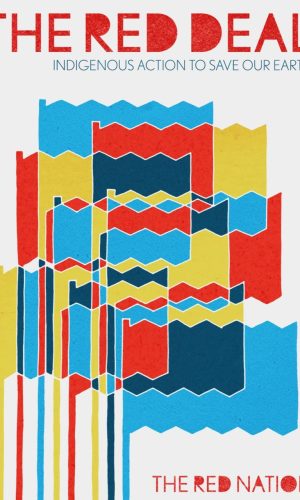
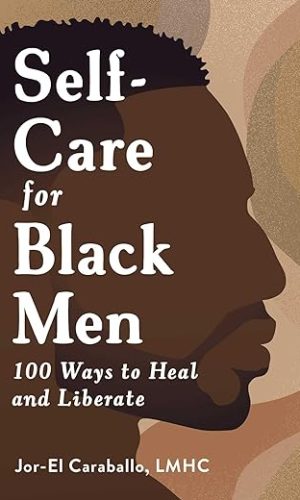

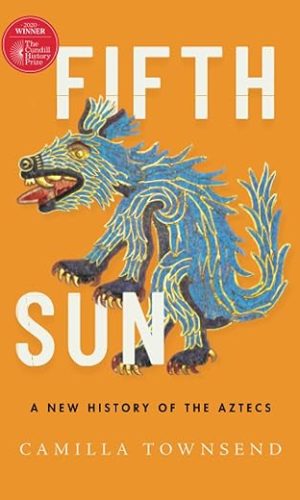
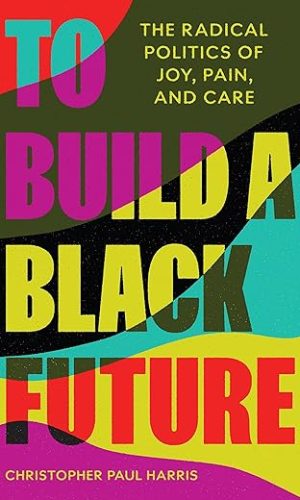
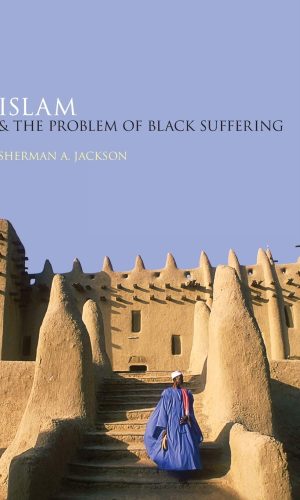
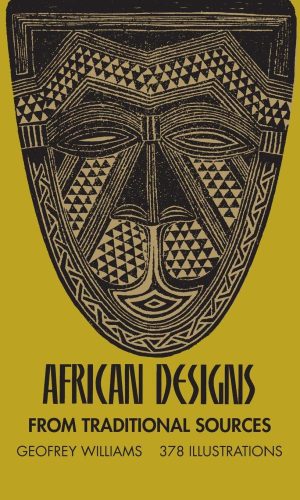
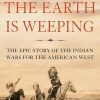
by jon43jon
I liked this book, it’s balanced and not biased. I was shocked how the Indians were treated, in the name of progress?
by Zulu Warrior
The American civil war had ended, Americans poured onto the tribal lands, a decision had to be made to fight or make peace
The book goes into detail regarding Custer, Sherman, Grant and Crazy Horse, Sitting Bull, Geronimo, Red Cloud
After 70% of the book the last 30% is taken up with acknowledgements
by Andy Noble
Having read Dee Wallace Brown seminal work Bury My Heart at Wounded Knee. I approached Peter Cozzens work with trepidation. The author sets out to show that the Indian wars were not a case of good vs evil. To a point he is right there were heroes and villains on either side. War crimes and atrocities were committed by both the Native Americans and the wider American. The book certainly shares the position the military found itself and many who led the fight against the various tribes were to a degree sympathetic to their cause and the maltreatment that they were subject too by the Federal government. The author fails to convince that this wasn’t ultimately a genocide in his attempts to counter Dee Wallace Brown. Successive US governments were determined to take the land from the tribes, force them to give up their way of life and force them to become Christian farmers. Ideally through peaceful means, but force would be applied. Its the application of force and its indiscriminate nature against combatants and non combatants, the indifference to the impact of disease the rampant corruption in the Indian Bureau which resulted many native Americans to starve. Add up to a policy of genocide. What’s worse the Indian wars are discussed as if they were between two separate nations, but in reality it was a civil war between two versions of American. Well written book and I would read this as a companion piece to Bury my Heart at Wounded Knee.
by Patsi
Bought for my husband who reads a great deal about Native Americans.
He said it was a really good read.
by Mikey D
This book covers the so-called Indian wars in great detail, but the story is never overwhelmed by the incredible detail that Peter Cozzens puts into his book.
I feel this is the definitive story of the taming of the Indian tribes and the terrible lies constantly fed to them to keep them in line with the wishes of the white man.
This is a fair book to both sides. It’s not a clear black and white story of good against evil. It covers the inter tribal warfare and battles between various Indian tribes in a fair and honest manner.
The story is told not just of untrustworthy white men but also progressive white men who knew that the treatment of the Indian tribes was blinkered and often down right wrong and their attempts to work with the tribes and not always against them. The story covers the Indians who, in their naivety, trusted the white man’s word, but soon found out that more often than not that word was not to be trusted and not in the Indian’s best interests but only to the white man’s advantage.
This book is a really good read told through first hand accounts with plenty of very clear, concise maps that made the story rich in texture and told at a pace that holds the reader’s interest throughout.
by Murphy
Exactly what this Excellent book is all about full of personal accounts and historical facts about the real owners of the United States of America and who and how it was stolen from them.
Genocide of a native race who lived proudly on their lands surviving on the buffalo using every part of the magnificent beast .
Many tribes are mentioned in this book in Great detail covering both good & bad methods used in inter tribal wars & beliefs which existed in their time….until the White man found their land.
As a boy I played cowboys & Indians & the Indians always lost because they were always depicted as killer’s scalping & killing & worse but in reality they were only defending their homes & way of life .
Read this book & understand .
by Is It Worth It?
Peter Cozzens is a fine writer and his fluent and concise style produce a gripping and raw narrative of the wars between the First Nations and Americans as they seized tribal lands when they poured into them from the East following the Civil War. Cozzens’ hunt for detail is tremendous – 10% of the book comprises references and notes and it is these sources which he uses so well to illuminate the chapters that follow. Yet, in these lie a problem.
The Prologue plus the first chapter ‘The Plains Aflame’, explain the key elements of the whole thirty years of conflict, and the chapter ‘Warrior and Soldier’ is a sound character sketch of each combatant’s background. However, the remaining chapters seem to read as self-contained set-pieces of the battles and massacres. With their thumb-nail biographies of the main dramatis personae, they are full of detail – which sometimes readers may find unsettlingly graphic to say the least – and yet the chapters don’t seem to inform the reader about why the conflicts were fought and the significance of their outcomes; in essence there is an absence of a linking commentary between each chapter, which would hitch them together into a cohesive, flowing whole through the work. Perhaps said details are more deeply hidden in the texts and would be revealed by deeper study, which I have not undertaken, but I would be surprised if they were.
The book ends abruptly with the sentence “The Indian Wars for the American West were over” so the lack of a conclusion, or even an epilogue, is a pity. Perhaps this is due to Cozzens using all his powder and shot in the first 27 pages. Even so, a better rounding off of this otherwise good and lengthy book is justified.
The author’s comments about Dee Brown’s Bury My Heart at Wounded Knee are unnecessarily tart, particularly as that book is nearly 50 years old and Brown hadn’t the modern sources to hand with which to moderate perceived imbalances.
This is not a really book for someone new to the subject; but for those wishing to explore individual conflicts in specific detail, Peter Cozzens has produced an accomplished record of them. 4* (2/18)